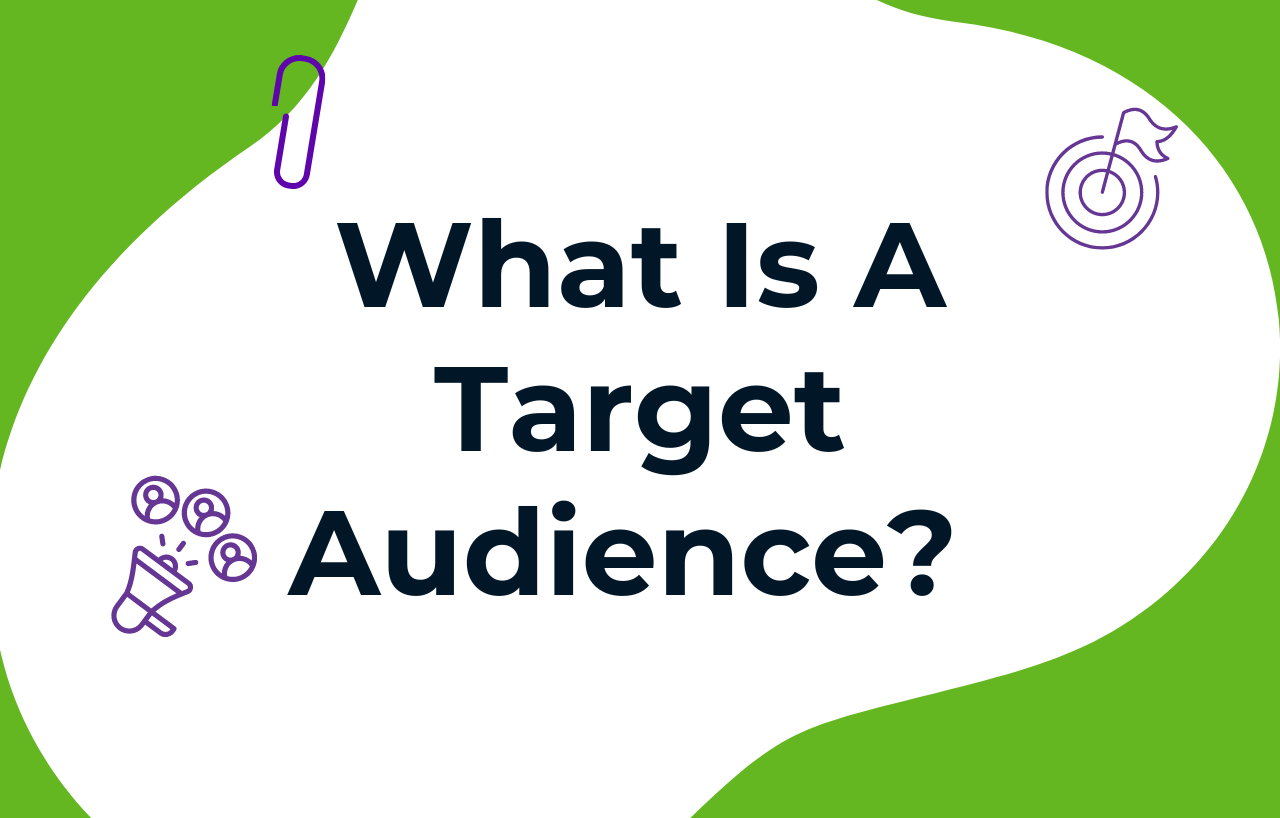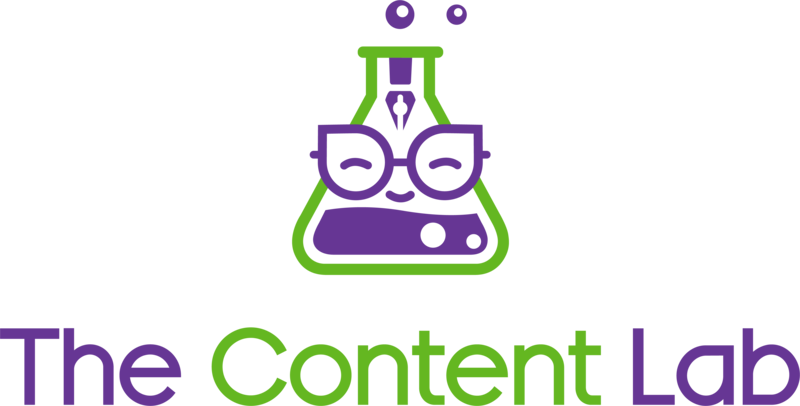We know, you’re pretty great, and you want everyone else to know it, too! And with a business as impressive as yours, why wouldn’t you?
But no one likes a show-off. There are ways of conveying your awesomeness without being like that guy at a party telling you about how he completed an IronMan while writing his thesis and fostering 17 kittens. *eye-roll*
Of course, you need to communicate your expertise to your audience so they understand why they should go to you and not look elsewhere.
But you can build this kind of trust without boring them to death while you brag about yourself and the technical specifications of your features.
In any good relationship, it’s essential to focus on the needs of others to make them feel seen, and your leads and customers are no different.
You need to reframe what you’re saying, from boasting about your features and services to stating how you can directly benefit your customers’ lives and solve their current problems.
Let’s look at some ways you can show your leads how much better life could be if they become one of your customers.
Write in the second person to focus on your customer
You want to communicate directly with your audience by writing in the second person, using second person pronouns (you/your) and writing from their perspective.
There will be points when it’s necessary to write in the first person. If it makes sense and serves the piece, it’s okay to use first person pronouns (I/we) in your content.
But if you find yourself writing a sentence with a phrase like “we provide”, take a moment and see if there’s a better way to write this so that it’s focused on your reader – like “you’ll receive”.

It’s about striking a balance so that the audience feels like you’re sure of yourself, but that you also understand them and their problems.
Take, for example, this very blog you’re reading. You’re reading information on a specific topic that you’re likely struggling with at the moment or want to learn more about.
So, we’re focusing on writing in the second person (hi there, you!), with the first person peppered throughout to make narrative sense.
So instead of listing things like:
Buy our tasty soup
We use organic ingredients
Our soup is the best
(And the award for Content of the Year goes to…)
Try something along the lines of this instead:
Nourish your body and delight your senses with our wholesome, warming soup
You deserve only the very best, so our soup is lovingly homemade with exclusively fresh, organic ingredients
Experience the warm hug of our hearty soup with a range of delicious flavours you’ll love
When you use language focused on the customer to get your message across, you’ll help them understand how you can benefit them, convert leads into sales, and grow your base of loyal customers in no time!
Tell a story to highlight customer benefits

Using the second person narrative will naturally get you thinking about your audience’s experience and writing from their perspective.
And what better way to appeal to an audience than telling a story?
We’re humans writing for other humans, not coders writing information for computers to interpret. So, when you think about it, it’s absurd to even imagine trying to write compelling content without incorporating a story.
Storytelling is a fundamental part of the human experience. We can all relate to it; a good story will draw you in like nothing else.
And don’t worry! You don’t exactly need to be Jane Austen to tell an engaging story. You tell stories every day, probably without even realising it.
And, luckily, we’ve got a story formula for you!
People like patterns. We’re naturally drawn to structure to distract ourselves from the chaos of existence.
This is why the “Three Act Structure”, which has shaped how we write and tell stories, has lasted millennia.
Let’s take a look at the Three Act Structure, with an example for each stage, so you can get a better idea of how it works.
Act One: Set up
Tony Soprano, a member of the Italian-American Mafia, lives in New Jersey with his family.
Act Two: Conflict
Tony starts to suffer from panic attacks that begin to affect his work.
Act Three: Resolution
Tony goes to therapy, and they all live happily ever after… *ahem*…
You can apply these three steps to your content writing to better appeal to your target audience.
1. Set up: Set the scene of your specific niche and audience.
2. Conflict: Highlight the pain points they’re currently experiencing that lead them to your page.
3. Resolution: Show how your products or services will solve their problems and rid them of their woes.
The end! Sales! Yay!
It’s an age-old formula that’s stuck around for a good reason!
When you break it down into three simple steps, it becomes much less of a daunting task. In fact, it helps you flip the switch and realise how much fun you can have with your content writing while guaranteeing more engagement!
Get specific on how you benefit customers
In creating these magnificent stories, it’s even better to be specific and focus on details that appeal to the customer’s emotions and senses.
The more tangible an experience you can conjure up in your reader’s imagination, the more likely they’ll be to connect with your content.
Good news for you, getting specific also means less is more.
Read what you’ve written, pause, and ask yourself, “Is there a better, more concise way to say it?”
Although you’re creating a story, you’re not writing a piece of literature. Condense it down, so it really hits the mark without dragging on.
This is also true of the language that you use. Avoid using overly flowery vocabulary in your content. Nowadays, people only scan material online anyway, so if you opt for simpler, more everyday language, your content will be much easier to read and, therefore, much easier for people to engage with.
Did you find this beneficial?
We hope this has benefited you, and that you now have a better understanding of how to write for your audience!
Focus on your readers, their needs and experiences, and think about how you want to make them feel when you’re writing your content. This shows your business in the best possible light, so your leads can feel comfortable and confident committing to a sale.
All it takes is a simple shift in communication and a bit of creativity!
If you need some help communicating what sets you ahead of the rest while showing the audience how you’ll positively impact their lives – you’re in luck!
At The Content Lab, we curate targeted and captivating content for websites, blogs, emails, and social media posts to help you reach your business goals.
Email Abby our founder and head content strategist, at [email protected] to get started today.
Other Posts
 Content Marketing
Content Marketing 5 Steps To Building A Black Friday Marketing Campaign That Works
 Content Strategy 101
Content Strategy 101 What Is A Target Audience? Tips On How To Find Yours
 Content Marketing
Content Marketing 
